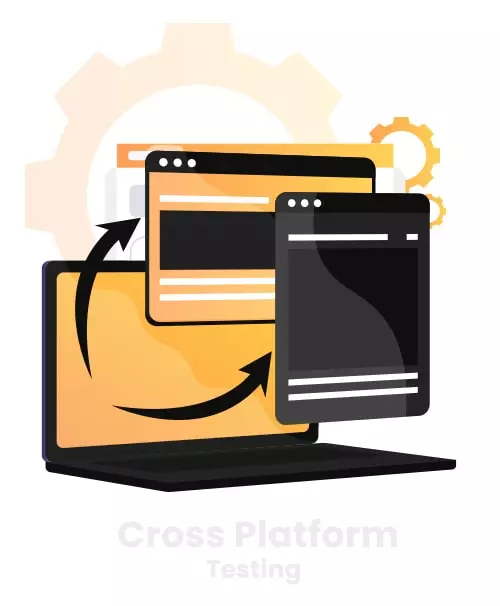Cross-platform testing is an imperative component of the quality assurance method. The number of platforms available when a product is built for numerous platforms is limitless. When it comes to web apps, new versions of regularly used browsers are always available, however when it comes to desktop applications, the number of OS and configuration combinations is enormous, so catering to all of them is always out of the question. To ease the situation, Intellisense Technology is counted as the best cross-platform testing service and serving clients globally.
Cross-browser testing by Intellisense Technology helps with this by identifying browser-specific compatibility issues, allowing you to swiftly debug them. It ensures that you aren't alienating a large portion of your target audience simply because your website isn't compatible with their browser.
-
Establish a starting point
- Run all design and functionality tests on your preferred browser, which is usually Chrome, before moving on to cross-browser testing. This will give you an idea of how the website was intended to look and operate in the first place.
-
Make a testing strategy and decide which browsers to test on
We can outline the test specification document. After that, choosing browser-OS combinations to test depends on popularity and site traffic statistics. All the processes are defined by our QA engineers. .
-
Automated vs. manual execution
Manual testing necessitates human testers acting out test scenarios in order. Automated testing uses code to simulate human interactions. It can take anywhere from a few hours to many weeks to complete, depending on the website and scenarios that need to be tested.


